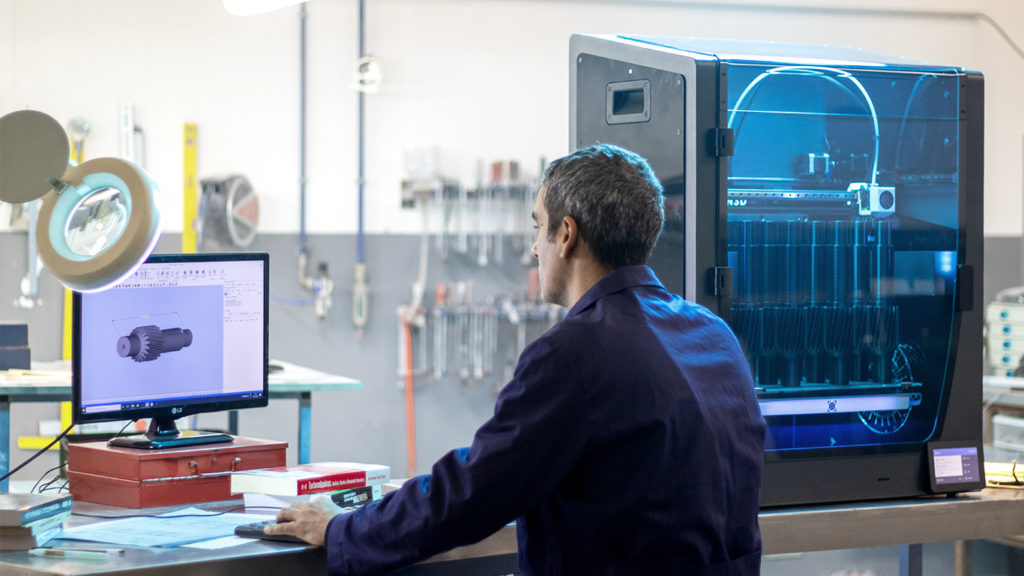Additive Manufacturing: Efficient and Flexible Production for Any Industry
Additive manufacturing, often known as 3D printing, is redefining the way industries approach production and design. Boasting unparalleled flexibility and efficiency, this technological advancement is no longer confined to the realm of prototypes; it has become a mainstay of modern manufacturing. Industries ranging from healthcare to aerospace are realizing the profound benefits it delivers, from reduced waste to faster production times, all while offering superior customization capabilities.
This blog will explore how Additive Manufacturing (Additive Fertigung) offers versatile, efficient, and cost-efficient solutions to meet the demands of any industry.
What Is Additive Manufacturing?
Additive manufacturing is a process that builds three-dimensional objects layer by layer. It works by adding material according to precise digital designs, allowing complex and intricate shapes to be created without the need for traditional molds or dies.
This technology is significantly different from subtractive manufacturing processes, where material is removed (or carved out) to achieve the final product. Instead, additive manufacturing saves material by only using what is required to produce the object.
Advantages of Additive Manufacturing Across Industries
The appeal of additive manufacturing lies in its many advantages, which provide businesses with the tools they need to innovate and optimize production.
Efficiency in Production
One of the game-changing benefits of additive manufacturing is its ability to drastically reduce production time. Products can be designed digitally and manufactured within hours, enabling faster prototyping and production timelines. For businesses aimed at quicker time-to-market strategies, this is a pivotal shift. Traditional manufacturing methods often involve lengthy tool creation or machining, whereas additive manufacturing eliminates those intermediary steps.
Efficiency is further amplified by the reduction in manual labor required. Machines handle the bulk of production, reducing human intervention and, therefore, the likelihood of errors. This seamless process saves businesses from costly mistakes while ensuring precision in every build.
Customization Made Simple
The ability to customize products easily is one of the standout benefits of additive manufacturing. Digital designs can be effortlessly altered based on specific requirements, allowing businesses to create highly individualized or bespoke products without significantly driving up costs. This flexibility is particularly crucial in industries like medical technology, where custom-fit solutions like prosthetics or implants can enhance patient outcomes.
Customization also offers businesses a competitive edge, enabling them to deliver unique products that cater to evolving consumer preferences. Additive manufacturing ensures that even short production runs remain economical, supporting limited-edition or one-of-a-kind products.
Cost-Effective Manufacturing
Additive manufacturing reduces costs on multiple fronts. First, it minimizes material waste, as it only uses the necessary amount of material required for production. This translates into substantial savings, particularly in industries that work with expensive materials such as titanium or carbon composites.
Second, the ability to produce items on-demand cuts overhead storage costs. Businesses no longer need to manufacture large quantities for inventory; instead, they can produce exactly what is needed when it is needed. This just-in-time production model optimizes cash flow and reduces the risk of unused inventory wastage.
Eco-Friendly Production
Sustainability is becoming increasingly important, and additive manufacturing supports eco-friendly practices. By using less raw material, this technology has a significantly smaller environmental footprint compared to traditional manufacturing processes. Many additive manufacturing machines are also designed to use recyclable materials, further enhancing their contribution to sustainability.
Additionally, the ability to manufacture products locally eliminates the need for extensive shipping and transportation, reducing greenhouse gas emissions.

